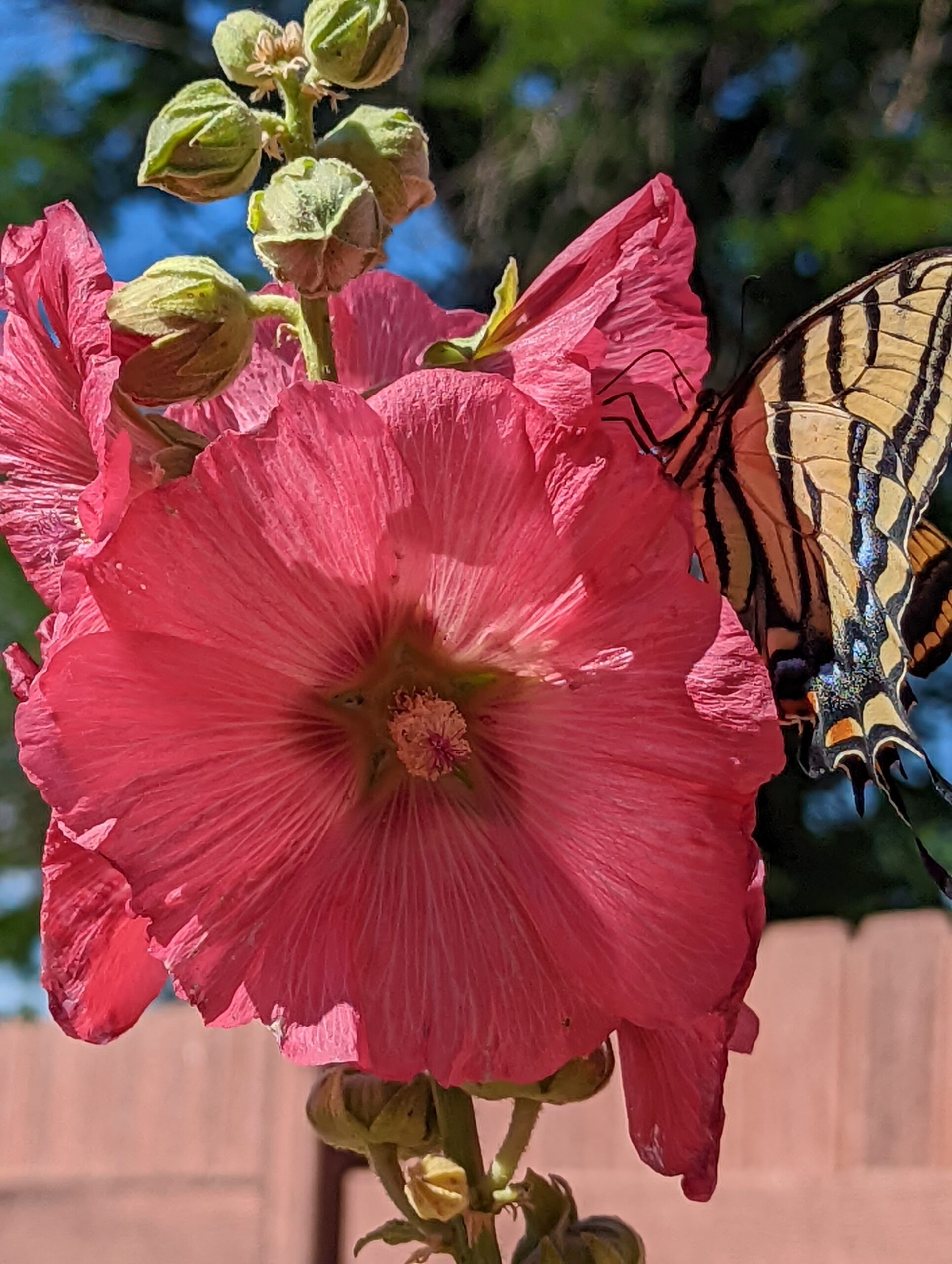
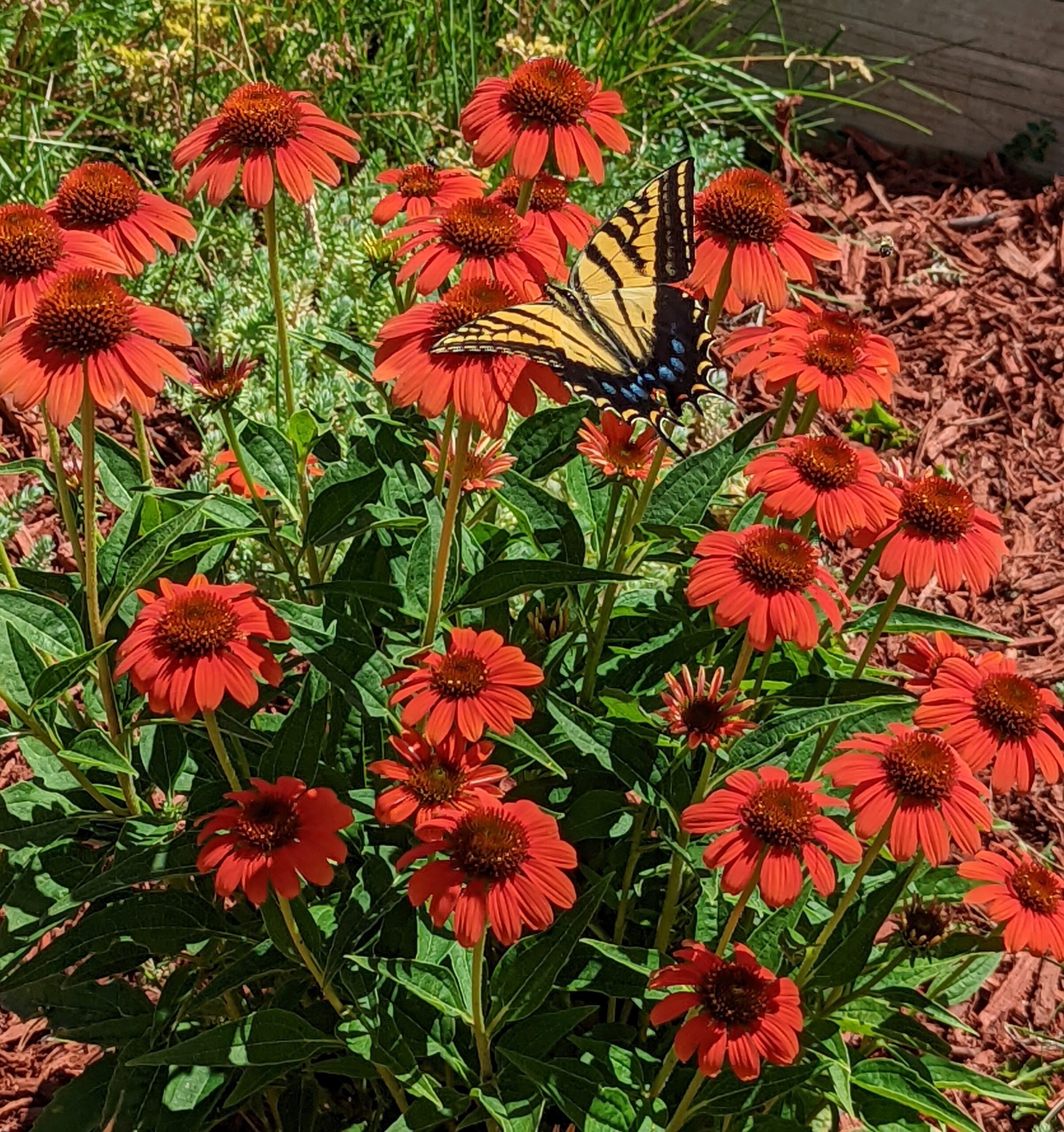
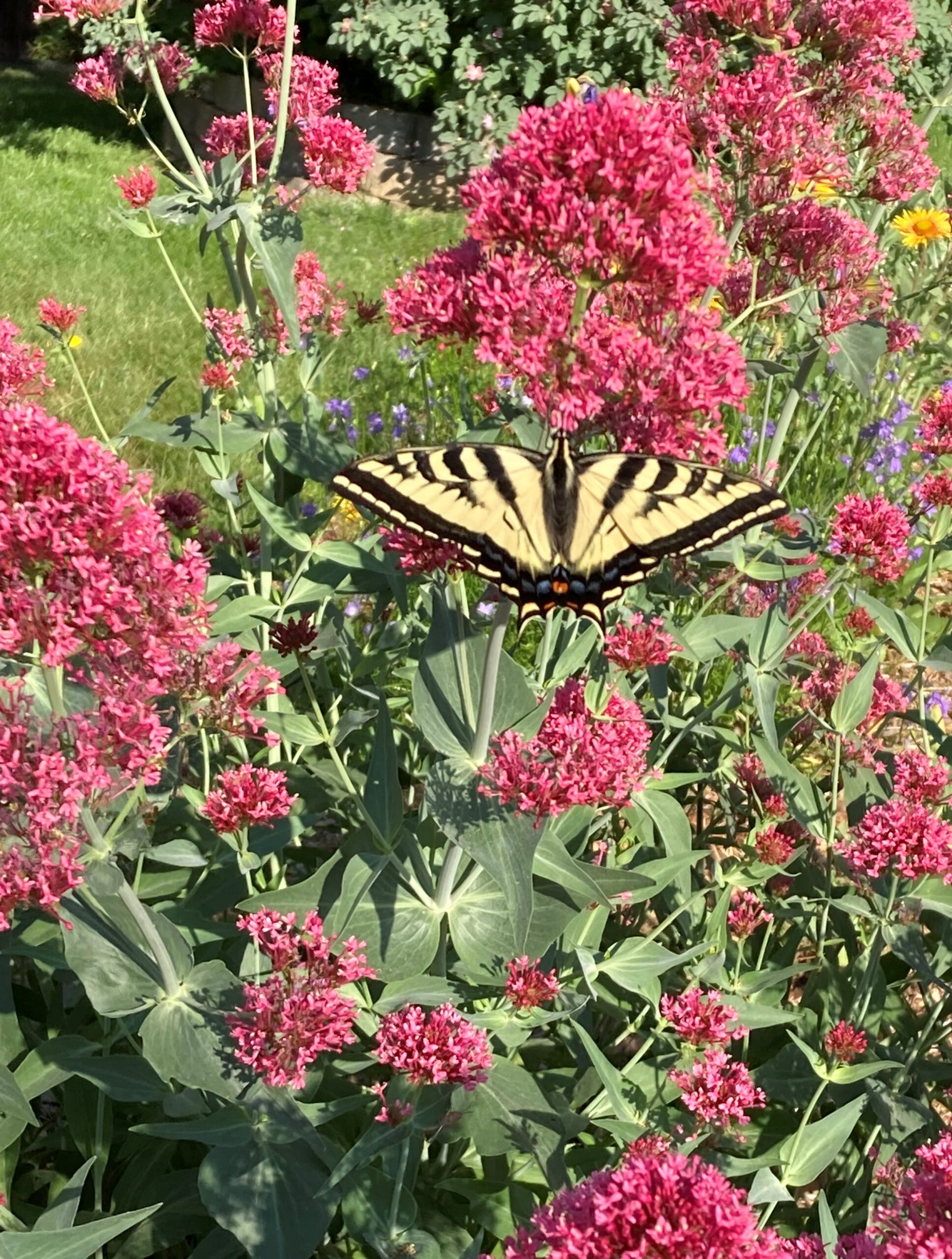
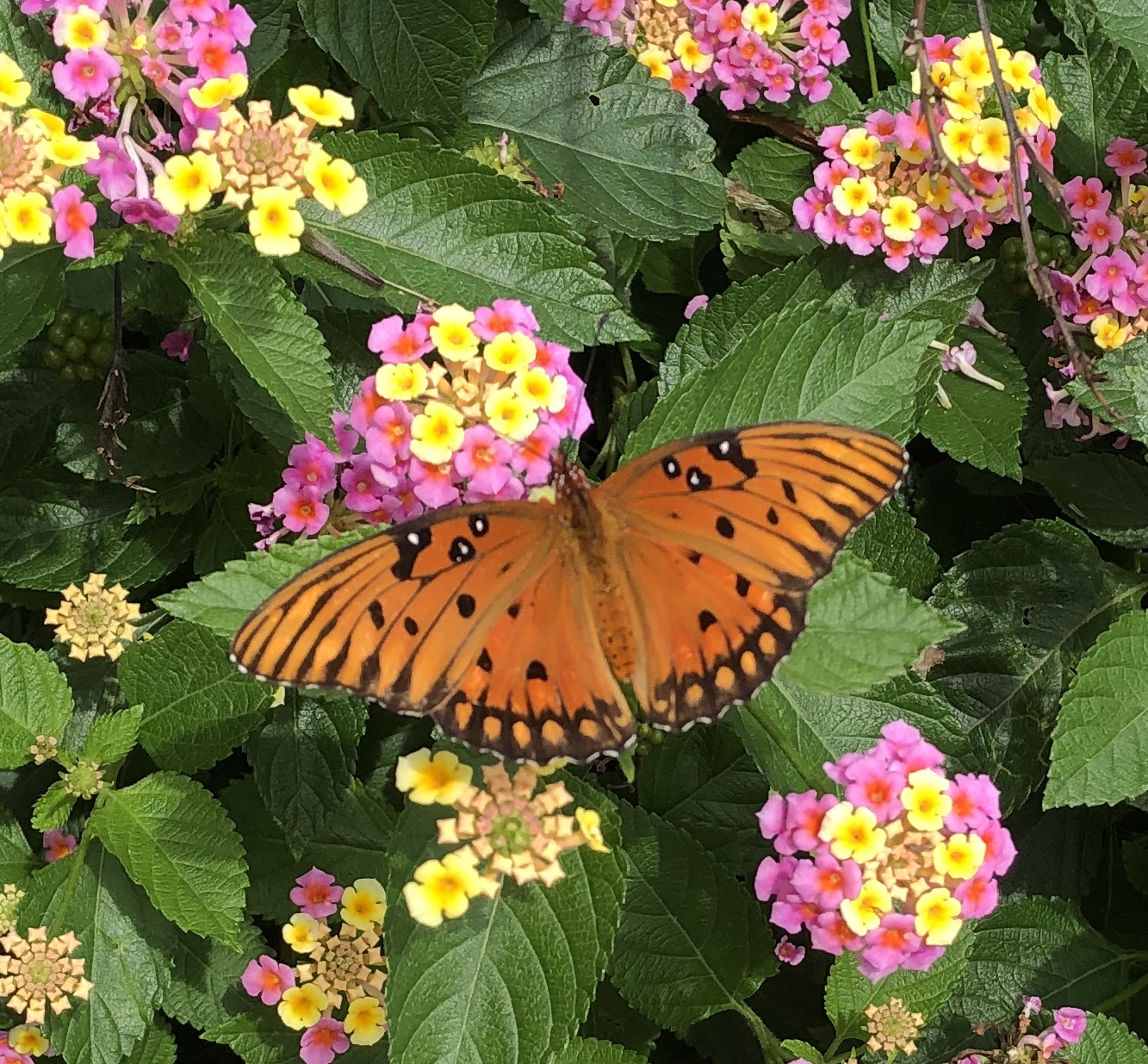

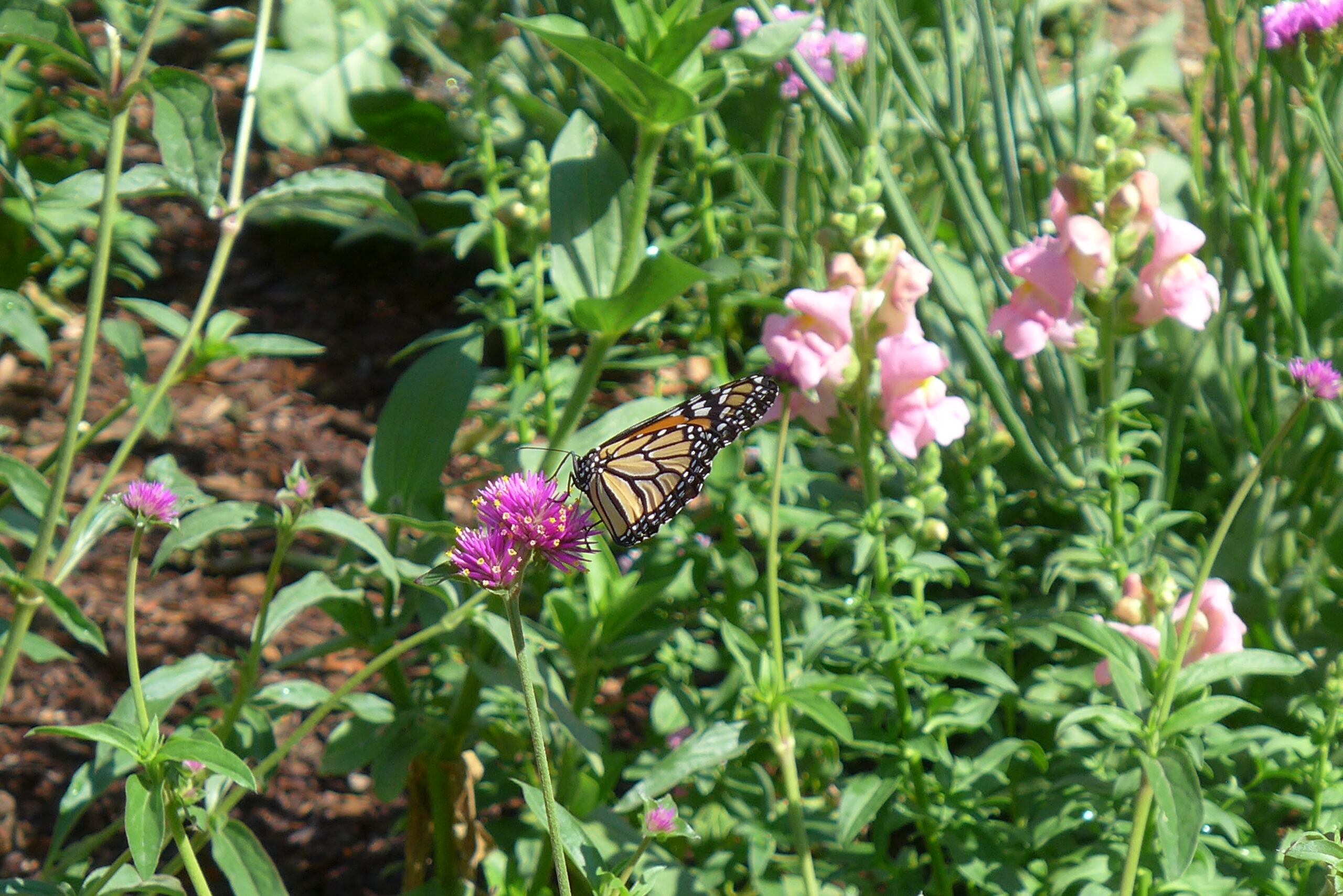
How do I create a butterfly garden?
To create a butterfly garden, you must provide a suitable habitat for an entire growing season. A butterfly garden should be insecticide free. It should include: host plants for the larvae; nectar plants for the adults; water; shelter from predators and weather; and an open area where butterflies can bask in the sun. It is important to provide the habitat on a consistent basis, so it is stable and predictable.
Where do butterflies lay eggs?
Butterflies lay their eggs on plants that will be a food source for growing larvae. Each species of butterfly requires specific plants for its larvae. For example, Monarch larvae feed on milkweed and black swallowtail larvae eat parsley or dill.
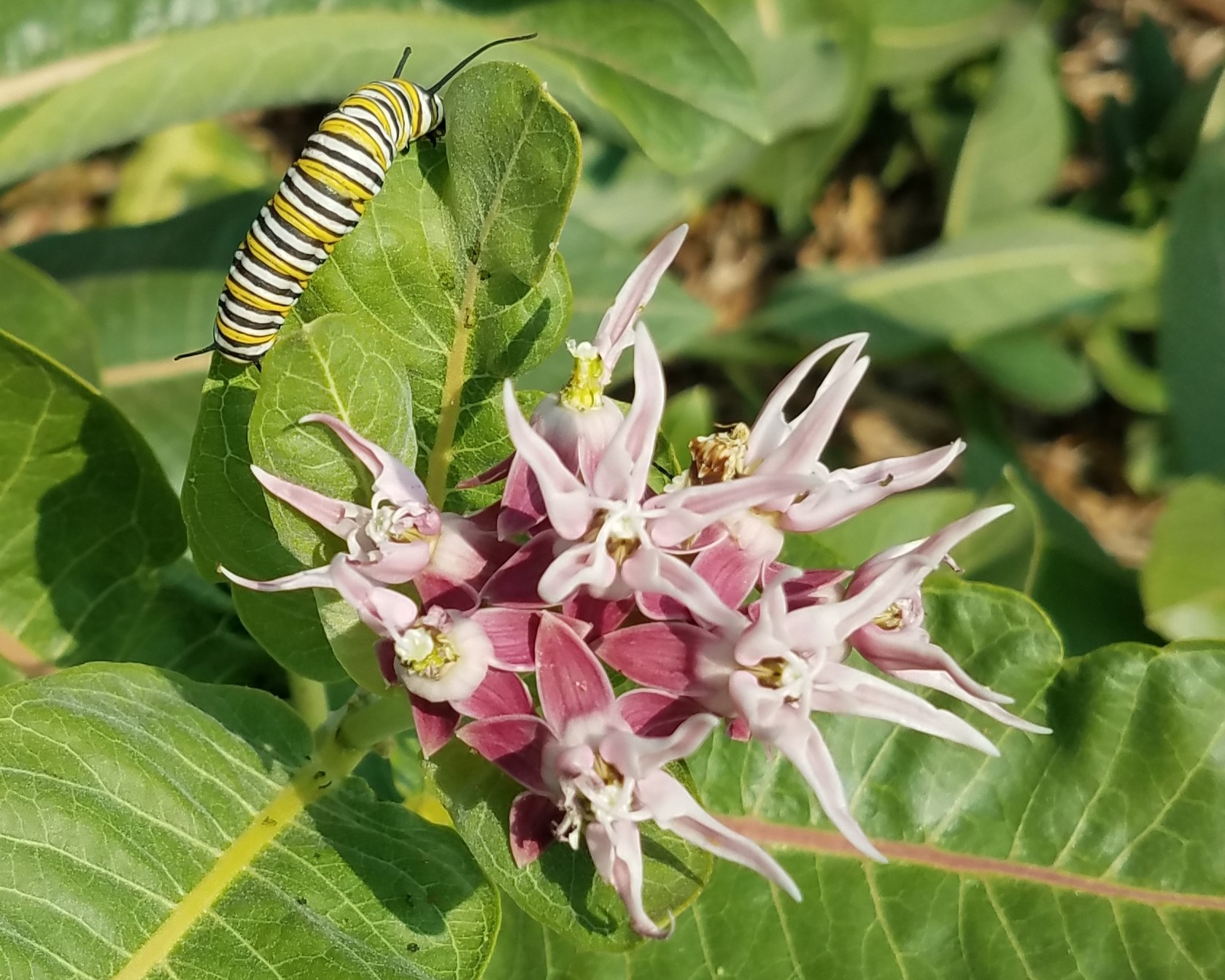
What do butterflies eat?
Adult butterflies feed on nectar from many different types of flowers. Because they sit on a flower while they sip nectar, adults prefer plants with closely packed clusters of flowers. Preferred plants include butterfly bush, lilac, yarrow, chokecherry and rabbitbrush, and daisy-type flowers such as sunflower and cosmos. Butterflies are more likely to visit flowers in a sunny location than a shady one, and to seek out fragrant flowers rather than those without a scent.
What attracts butterflies?
A favorite congregating spot for butterflies is an area that has moist sand or a mud puddle where they can get moisture and minerals.
Butterflies are cold blooded and fly only when temperatures rise above 60 degrees Fahrenheit. They need a place to roost on cool, cloudy or rainy days. Shrubs, tall grasses or log piles provide suitable roosting sites. A cluster of flat rocks in a sheltered area of the garden will serve as a place where butterflies can warm up on sunny days.
Vary the height of plants to suit the feeding habits of various butterflies. Leave an open area where they can fly and also be protected from gusty winds.
With a little planning and care, you can attract butterflies and their caterpillars that will add interest to a garden.
For more information, see the following Planttalk Colorado™ video(s).
For more information, see the following Colorado State University Extension fact sheet(s).



